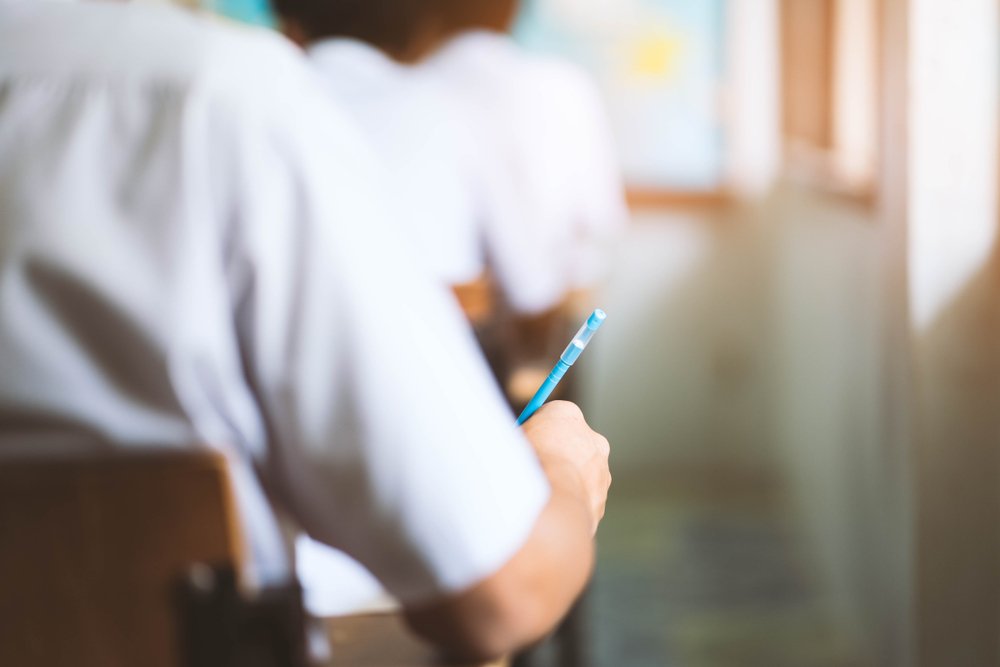Mention the topic of self-harm, and you will often be met with a thick silence. For some, it engenders feelings of shame or judgment. For others, there may perhaps be an attitude of dismissal or denial about the significance of the problem. For many, there is a general puzzlement about why people choose to hurt themselves.
Whatever feelings one might have, the issue of self-harm is increasingly becoming a recognised problem in schools which needs to be acknowledged and understood by school staff. Often self-harm is a reaction by children who are being bullied. Given the prevalence of bullying amongst school children, it's irresponsible for schools to ignore the issue.
What is a school's responsibility?
A school has a legal and pastoral duty of care to its students. In order to fulfil this duty of care, a school must have in place policies and procedures with respect to student health. In 2013 a Daily Telegraph article reported that school children suffering from bullying and mental health problems are self-harming or threatening to injure themselves at a rate of more than two per week. Schools can't avoid their legal duties by shutting their eyes to incidents of self-harm amongst their students.
When faced with students who self-harm what is a school to do?
The answer is that every school should have a policy that deals with self-harm and gives guidance to teachers on what to do when they recognise signs that a student is self-harming. Such a policy should provide staff with:
- a general understanding of what self-harm is;
- signs to look out for that a student is self-harming; and
- information on what to do once they identify that a student is self-harming.
What is self-harm and why do people do it?
Self-harm can be a confusing behaviour which can affect a child of any age, from any background. Self-harming actions can include:
- deliberately mutilating or inflicting an injury to one's body without suicidal intent;
- non-suicidal self-injury; and
- self-mutilation, self-destructive behaviour.
all of which are actions generally aimed at relieving emotional distress. Eating disorders such as anorexia nervosa can also be considered a form of self-harming. Importantly, self-harming is:
- NOT attention seeking;
- NOT always an attempt at suicide;
- NOT a fashion, trend or 'emo' thing; and
- NOT a symptom of a mental illness or personality disorder.
See this important guide produced by the National Youth Mental Health Foundation organisation Headspace, for more information on what self-harm involves.
Although the question of why people self harm is important, it is secondary to the issue of how care-givers should react. What is important is that care-givers - sympathetically and without judgment - react appropriately so that the student gets the care they need.
Recognising self-harm
People with self-harming tendencies often go to great lengths to hide the evidence - making it hard for school staff to recognise any signs. The most common manifestation is behaviour that includes cutting or mutilation of the wrists. Students who do this attempt to avoid exposing their injuries or scars, typically by making excuses to avoid play sports or engaging in other activities they typically enjoy. Other signs a student could be self-harming include becoming withdrawn or depressed or sudden mood changes. If a student has recently experienced a significant event (such as a break-up or family issue) they are more vulnerable to self-harm and staff should monitor them more closely than usual. Although self-harming and suicidal behaviours can coincide, they are not necessarily linked.
What should you do if you think or know someone is self-harming?
If a person's life is in immediate danger, you should immediately seek medical attention. Most of the time however, a policy will set out systematic procedures of how to engage with the student in the first instance to help them avoid putting themselves in a life-threatening situation. Students should understand that conversations with staff will be confidential, except where staff are legally required to report certain behaviour (such as symptoms of child abuse). A self-harm policy should set out when to:
- engage with a school counsellor;
- report an incident to the head of the year group or Principal;
- consult with parents; or
- make a general announcement to the school (being mindful of potential copycat behaviour).
The most important first step is for a staff member to hold an open and non-judgemental conversation with the student to encourage them to confide in them and to try and understand their motives for self-harming.
Conclusion
It is completely the wrong to see the issue of self-harm as attention-seeking or a trivial fad. Self-harm is a behaviour that should be treated professionally, and schools have an obligation to ensure this.
Ultimately, the approach a school takes in relation to how it acknowledges and deals with self-harm will be determined by the school itself in the context of its legal obligations. It is also important for staff to understand that self-harming behaviours require professional help. Although it is usually useful for a person to confide in someone they trust, and for someone to listen confidentially and without judgment, the best thing that a person can do for someone in need is to ensure that they get professional help. Resources such as Reachout or Headspace, can also assist you to find help.
Services such as Lifeline can be contacted confidentially on 13 11 14, and the Kids helpline can be contacted on 1800 55 1800.


.png)
